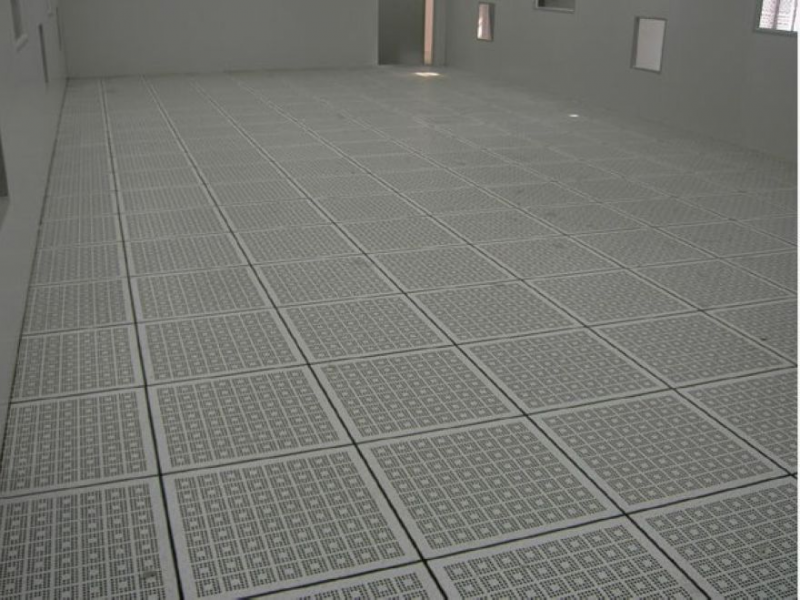
Have you ever experienced a static shock when touching a doorknob or a metal object? It can be quite uncomfortable and even painful. These static shocks occur due to the buildup of static electricity in our bodies. However, there is a solution to prevent these shocks: antistatic floors. In this article, we will explore the science behind antistatic floors and understand their importance in our everyday lives.
What is Static Electricity?
Static electricity is the imbalance of electric charges within or on the surface of a material. It occurs when two materials come into contact and then separate, causing a transfer of electrons between them. One material becomes positively charged, while the other becomes negatively charged. This charge imbalance can cause static electricity to build up in our bodies. Refer Link: https:/
When we walk across a room, we generate static electricity due to friction between our shoes and the floor. This static charge can accumulate on our bodies until it finds a path to discharge, usually through a conductor like a metal doorknob or a switch.
How Antistatic Floors Work
Antistatic floors, also known as electrostatic discharge (ESD) floors, are specially designed to prevent the buildup of static electricity. They have a conductive layer that allows static charges to flow through the floor and dissipate harmlessly into the ground.
The conductive layer is usually made of materials like carbon or metal fibers. These materials have a low electrical resistance, which means they can quickly and effectively conduct electricity. When we walk on an antistatic floor, the static charges on our bodies are immediately discharged through the conductive layer and into the ground.
Antistatic floors also have a grounding system, which further enhances their ability to dissipate static charges. The grounding system consists of metallic strips or plates that are connected to the conductive layer of the floor. These strips or plates are then connected to a grounding point, such as a metal rod inserted into the ground. This ensures that any static charges are safely directed away from the floor and discharged into the ground.
The Importance of Antistatic Floors
Antistatic floors play a crucial role in various industries and environments where static electricity can cause serious problems. Here are a few examples:
Electronics Manufacturing:
In the electronics manufacturing industry, static electricity can damage sensitive electronic components. Static shocks can disrupt or destroy electronic circuits, leading to costly repairs or even product failures. Antistatic floors are therefore essential in preventing static buildup and protecting valuable electronic equipment.
Healthcare Facilities:
In healthcare settings, like hospitals or laboratories, antistatic floors are vital to prevent static electricity from interfering with sensitive medical equipment. Static charges can disrupt the proper functioning of electronic devices, such as monitors or ventilators, posing a risk to patient safety.